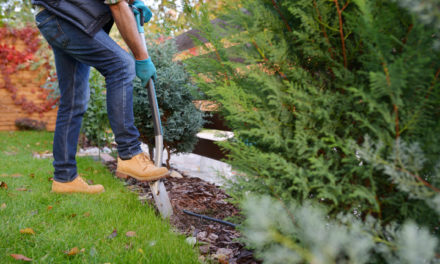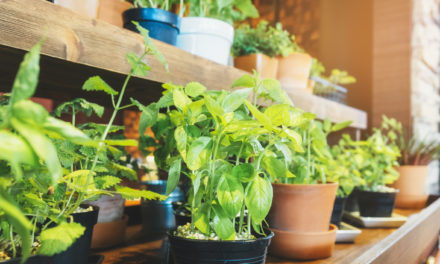Water is one of our most precious, scarce, and expensive resources. As a result, maintaining lawns and gardens has always been a challenge to the gardener in dry climates, even during years of normal rainfall. When drought hits, things only get worse. Fortunately, there are things we can do to make gardening during a drought more successful.
1. Plant Selection: Choose plants that use less water.
While there’s a wide range of plants that don’t need much water, going local is often your best bet. Plants native to an area often thrive without any additional irrigation. Turn to local nurseries for a stock of native plant choices yearly.
2. Hydro-Zoning: Group plants with similar water needs together.
Avoid overwatering xeric plants and underwatering turf and vegetables. Reduce, but don’t eliminate, the amount of turf. Plant groundcovers in areas that are notoriously dry and/or difficult to water.
3. Adjust Lawn Maintenance: Keep grass between 2 and 3½ inches high.
Never mow more than a third of the grass’s height at any one mowing. Use a self-mulching mower that will return nitrogen to the soil, provide a cooling layer of mulch and reduce or eliminate the need for fertilizer. Core aeration improves water absorption and retention.
4. Focus on Irrigation Efficiency: Water deeply and less frequently to develop deep roots.
Water between 6 p.m. and 9 a.m. to reduce evaporation and increase penetration of water. Avoid watering when the winds are high. Remember that even the most drought-tolerant plants need water during their first two years and during extended dry periods to establish the root systems that make them so tough.
5. Look to Soil improvement: Soil amendments can make a vast difference in gardening success.
Soil quality depends on where you’re at. In Colorado soil is notoriously poor in organic matter. In cases like this, whether you have sandy or clay-heavy soil, it will benefit from the amendment of organic matter such as compost, aged manure, humus, or sphagnum peat moss mixed into the soil, increasing the soil’s water holding capacity. Don’t be afraid to turn to mulch. Wood chips or grass clippings help with retaining moisture and decompose, adding organic matter to your soil.
Submitted by Peg Zimprich, Colorado Master Gardener. For more detailed information on this topic and others, visit the Colorado State University extension web site at www.ext.colostate.edu.

 Photo Credit: adzhaedy (Flickr; edited).
Photo Credit: adzhaedy (Flickr; edited). 



Comment on: 5 Tips for Gardening During Drought